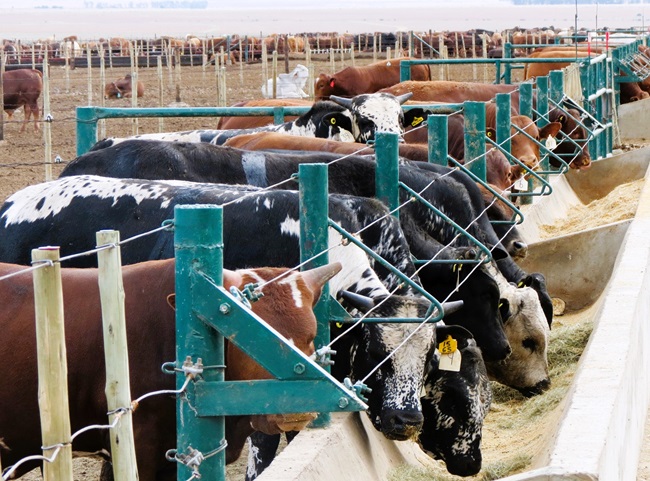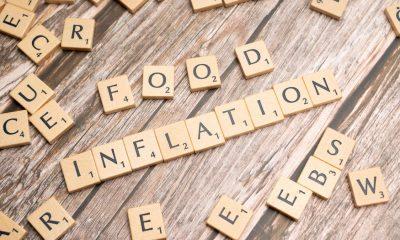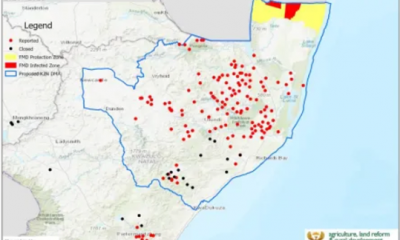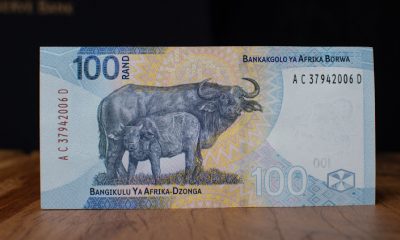News
Foot and Mouth Disease Fuels Meat Price Surge in South Africa, Sparking Consumer Anxiety

South Africans are feeling the pinch at the butcher. Prices of beef and lamb have surged in recent weeks, and behind the spike lies a familiar culprit: Foot and Mouth Disease (FMD).
According to the latest Stats SA report, consumer food inflation hit 5.5% in July, its highest in 18 months. And meat, a staple in local diets from Sunday braais to midweek stews, is at the centre of the squeeze.
Why Meat Prices Are Soaring
Dewald Olivier, CEO of Red Meat Industry Services, explains that the outbreak has disrupted normal slaughtering patterns, creating bottlenecks in supply. As of July, 270 FMD outbreaks had been reported across five provinces, with only 21 resolved. That means restricted animal movement, fewer cattle reaching abattoirs, and mounting pressure on prices.
“It’s always a concern when prices move too far from normal market conditions. It affects both consumers and producers,” Olivier said. Still, he believes the surge may be temporary, noting that major feedlots have resumed slaughtering and many export markets remain open.
But that optimism is met with caution from others.
A Crisis Beyond the Till
Francois Rossouw of the Southern African Agri Initiative warns that the real problem isn’t just this year’s inflation, it’s that FMD has become endemic. Outbreaks are no longer rare, and the repeated restrictions are slowly eroding confidence in the industry.
“Without urgent reform of animal health systems and biosecurity, from vaccine production to proper traceability, this industry will remain in crisis mode,” Rossouw said.
For farmers, the crisis is deeply personal. TLU SA’s Bennie van Zyl paints a stark picture: “Some farmers cannot bring their cattle or sheep to market. That distorts the whole supply-demand balance. Farmers are trying to stay profitable, but it’s complicated in the middle of an outbreak.”
Consumers Under Pressure
On the consumer side, households are grappling with a double squeeze. Petrol hikes, rising electricity tariffs, and municipal rate increases have already driven up living costs. Now, with meat inflation expected to climb to over 9%, the family grocery bill is feeling heavier than ever.
On social media, many South Africans are venting their frustration. “Braai season is starting to feel like a luxury event,” one user tweeted. Another quipped: “Soon it’ll be cheaper to import Wagyu from Japan than buy mince at the corner butcher.”
Old Mutual economist Johann Els notes that broader inflation pressures are amplifying the impact of FMD. While petrol prices and service tariffs play a role, the sharp climb in meat inflation has made food costs a headline issue.
The real fear is that unless animal health systems are rebuilt, FMD outbreaks will keep dragging the industry and consumer pockets, into crisis mode every few years. In a country where meat is not just food but part of culture, tradition, and community gatherings, that’s a bitter pill to swallow.
For now, some relief may come as slaughtering picks up and restricted exports redirect supply to local markets. But experts warn that’s only temporary. The structural weaknesses in biosecurity remain, and unless those are fixed, South Africa’s red meat industry risks becoming permanently unstable.
In other words, the current surge in prices may be today’s story, but tomorrow’s headline could be about the long-term fragility of the very system that puts meat on the nation’s tables.
{Source: IOL}
Follow Joburg ETC on Facebook, Twitter , TikTok and Instagram
For more News in Johannesburg, visit joburgetc.com























